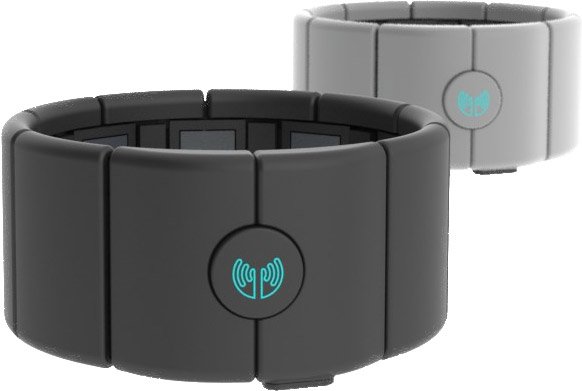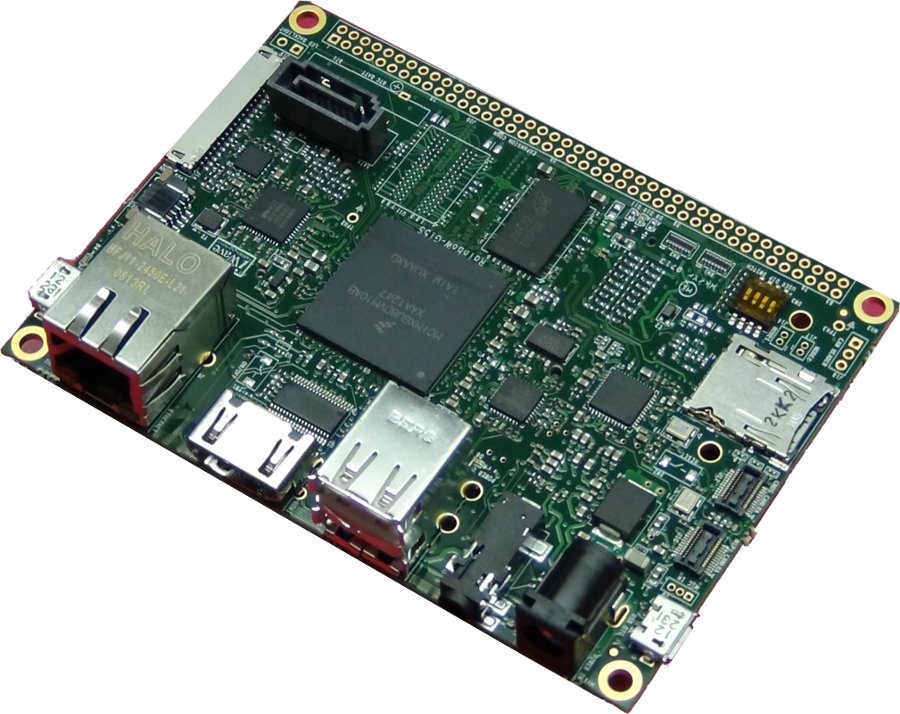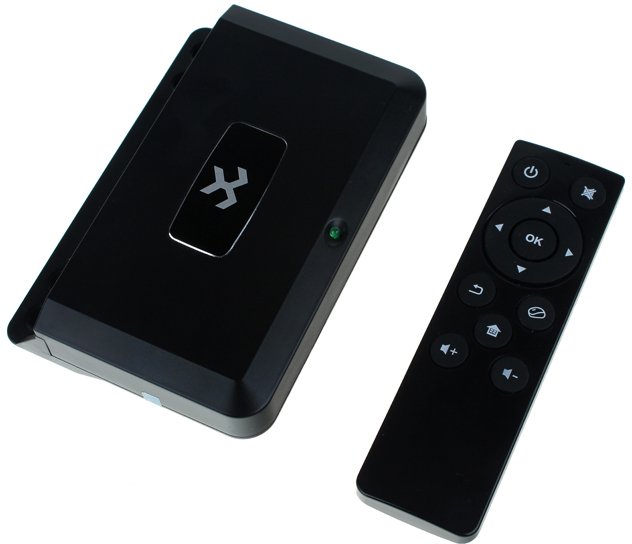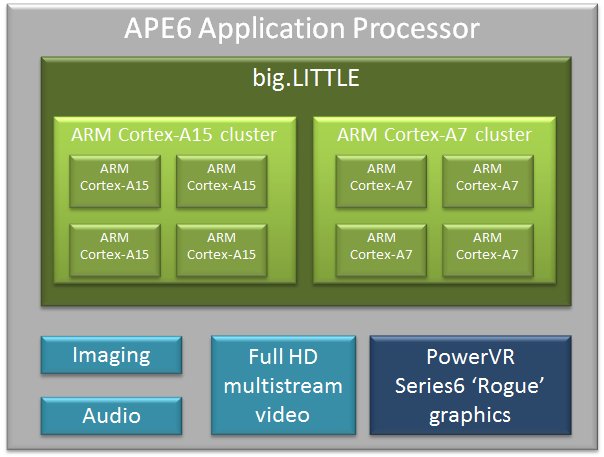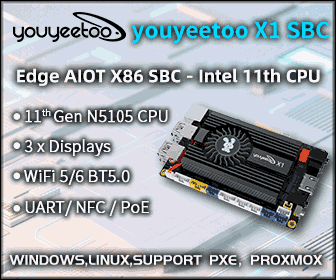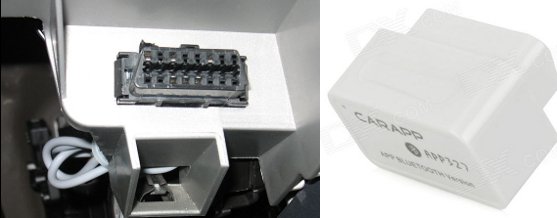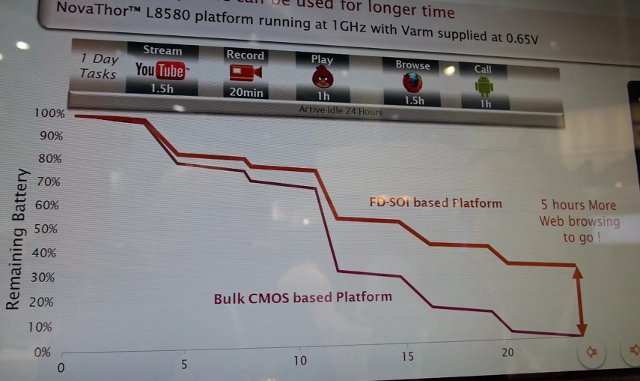If you’ve always dreamed of being able to control objects just by thinking about it, you may be interested in MYO, a gesture control armband that is supposed to “unleash your inner Jedi” by monitoring electrical activity in your forearm muscles, and converting that into input commands transmitted wirelessly to the object to control. This can be used to control a quadcopter, or more simply your computer, smartphone, tablet, television, etc.. There are not many details about the technology behind it, but we do know it’s using Bluetooth 4.0 to communicate with peripheral, comes with a lithium ion battery, and will be powered by an ARM processor. It will support Windows and Mac computers, as well as Android and iOS devices initially. The company will provide an “MYO API” to let developers come with new concepts and products, the device will be available sometimes in 2013, and you can pre-order […]
mbed 2.0 SDK Released, becomes Open Source and Supports $12.95 Freescale Freedom Board
The mbed community has had a pretty busy week, with first the announcement that mbed SDK would become open source, the release of mbed 2.0, and finally support for the low cost Freescale Freedom board FRDM-KL25Zpowered by Kinetis Cortex M0+ KL25Z MCU. mbed becomes open source The mbed Software Development Kit (SDK), a C/C++ MCU software platform, has always been free (as in free beer) for both commercial and noncommercial use, and the large community around mbed has written tons of code for ARM microcontrollers. But now that the SDK has now a stable API, and the developers achieved transparent portability for code based on the SDK across multiple controllers and multiple toolchains, they decided to release the SDK source under an Apache 2.0 license. Although sharing modifications is encouraged, this license allows users to keep the changes closed if they wish to do so. mbed developers explain that the 3 […]
iWave Systems Announces RainboW-G15S Pico ITX Board Powered by Freescale i.MX6 Duallite/Solo Processor
iWave Systems has just launched the RainboW-G15S, a Pico ITX single board computer featuring Freescale i.MX 6 Solo and Dual Lite processor at Embedded World 2013, in Nuremberg, Germany. This embedded board targets intelligent industrial control systems, industrial human machine interface, ultra portable devices, home energy management systems, and portable medical devices. RainboW-GS15 Specifications: SoC – Freescale i.MX6 Dual Lite/Solo, (Quad /Dual compatible) System Memory – 512MB DDR3 (Expandable up to 2GB) Storage – On-board Micro SD slot, standard SD/SDIO slot, optional eMMC support, and an optional SATA 7-pin connector (Probably just to make the board pretty since i.MX6 Solo and Duallite do not support SATA…) Connectivity – 10/100/1000Mbps Ethernet USB – 2x USB Host Connector + micro USB OTG connector Misc – Half mini PCIe card connector, CAN Header Audio & Video interfaces: AC97 Audio Codec with Audio Out Jack & Audio In Header HDMI Port LVDS connector with […]
F9 Android Set-Top Box Features Samsung Exynos 4412 Processor
Geekbuying just announced they would be soon selling a tiny Android set-top box powered by Samsung Exynos 4412 quad core processor. This media player will come with 1 to 2 GB RAM, 8G to 16G flash, and run Android 4.0 (ICS), upgradeable to Android 4.1 or 4.2. Here are the specifications of this device: SoC – Samsung Quad Core Cortex-A9 Exynos 4412 @ 1.6GHZ + Mali-400 Quad Core GPU System Memory – 1GB RAM (optionally 2G) Storage – 8GB flash (optionally 16GB) + microSD slot Connectivity – WIFI 802.11 b/g/n Video Output – HDMI Audio Codec – MP3, WMA, APE, FLAC, OGG, WAV, etc. Video Containers – AVI, MKV(XVID/px/H.264), MOV, TS, M2TS, RM/RMVB, FLV, 3GP, MPEG, DAT, MP4 USB – 2x USB 2.0 Power Supply – 5V/2A Weight – 109g The device will come with an HDMI cable, a power adapter, a 2.4Ghz remote control, and a user guide. Geekbuying […]
Renesas Unveils APE6 Octo Core big.LITTLE Processor
Samsung Exynos 5 Octa processor is getting some competition with the announcement of Renesas AP6 processor at MWC2013. This SoC comes with the same big.LITTLE configuration (4x Cortex A15, 4x Cortex A7), but with a PowerVR SGX Series 6 ‘Rogue’ GPU, which, I assume, should outperform PowerVR SGX544MP3 GPU used in Samsung SoC. R-Mobile APE6 could be the fastest mobile processor announced to date, and is currently showcased at Imagination Technologies booth at MWC 2013 running several OpenGL ES 3.0 applications, as well as a demonstration of Rightware’s Kanzi Studio, “a PC-based real-time WYSIWYG editor for designers and embedded engineers to create and customize embedded 3D user interface”. There’s very little information about the processor, so that’s basically all I have for now. But before I conclude, I’ll just drop a performance comparison chart between different PowerVR SGX series (source), since it’s the first mobile processor that I know of […]
Sailfish OS SDK Alpha Release Is Now Available for Linux
Sailfish OS is a new mobile operating system based on the Qt platform that will soon end-up in mobile phone near you. Until now it was possible to build the SDK yourself, but it was pretty challenging since the documentation was lacking, as Jolla, the company behind Sailfish OS, focused on development. The good news is that you don’t need to build the SDK yourself anymore, since Jolla has just released Sailfish SDK Alpha for Linux 32-bit & 64-bit, and Windows & Mac OS versions will come later. You’ll need a computer that meet the following requirements: A host machine running a Linux operating system Oracle’s VirtualBox version 4.1.18 or higher pre-installed on the host machine. About 5GB of free disk space 4GB of RAM or more is recommended You can get started in two steps: Install the SDK – Download the 32 bit or 64 bit Linux installer. (~650 […]
$21 CARAPP APP327 Bluetooth OBD2 Car Diagnostic Scanner
As cars become more sophisticated, you’re now able to access all sort of data from your car and display this on a computer or tablet to diagnose problems or simply to create your own high-end dashboard. This morning, I’ve come across CARAPP APP327, a Bluetooth diagnostic scanner compatible with OBD2 standard (On-Board Diagnostic II), which could can just connect on an OBD2 connector if your car is recent enough. This has been around for many years (since 1996), but I had never heard about this technology until today. Wikipedia OBD2 page explains the OBD2 connector (16-pins) should be within 2 feet (0.61 m) of the steering wheel according to the standard, which also specifies the type of diagnostic connector and its pinout, the electrical signaling protocols available, and the messaging format. After you connect the Bluetooth adapter, you just need to install the applications needed for your platform (e.g. Android, […]
ST Ericsson NovaThor L8580 Dual Core Processor To Match big.LITTLE Quad Core Processors Performance and Power Consumption
ST Ericsson already showcased NovaThor L8580 Cortex A9 processor @ 2.8 GHz at CES 2013. The processor features a technology called eQuad, and as I previously noticed there’s no mention of the number of cores at all on the website and many websites reported the processor featured 4 cores. The processor actually features 2 Cortex A9 core, but thanks to FD-SOI technology they are able to do the equivalent of a Quad Core big.LITTLE processor (i.e. 2x Cortex A15 + 2x Cortex A7) electrically. Since this is just done electrically, you can use the same software as before and will consume much less power, whereas big.LITTLE requires a lot of kernel work. A Cortex A9 will obviously be less powerful than a Cortex A15, but since they are able to boost the frequency up to 3GHz (probably limited to 2.5Ghz in actual product) this can compensate the lower performance, and […]


